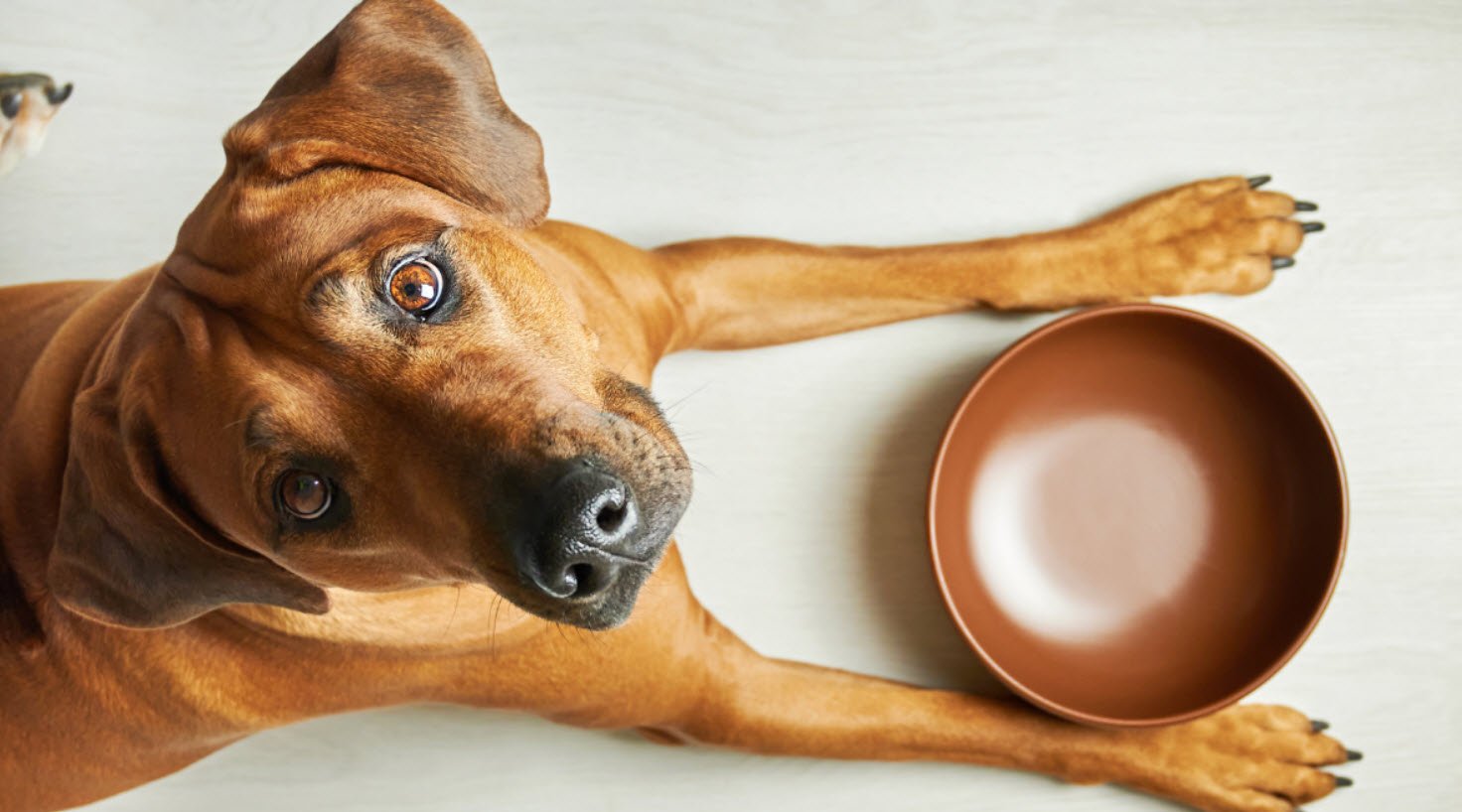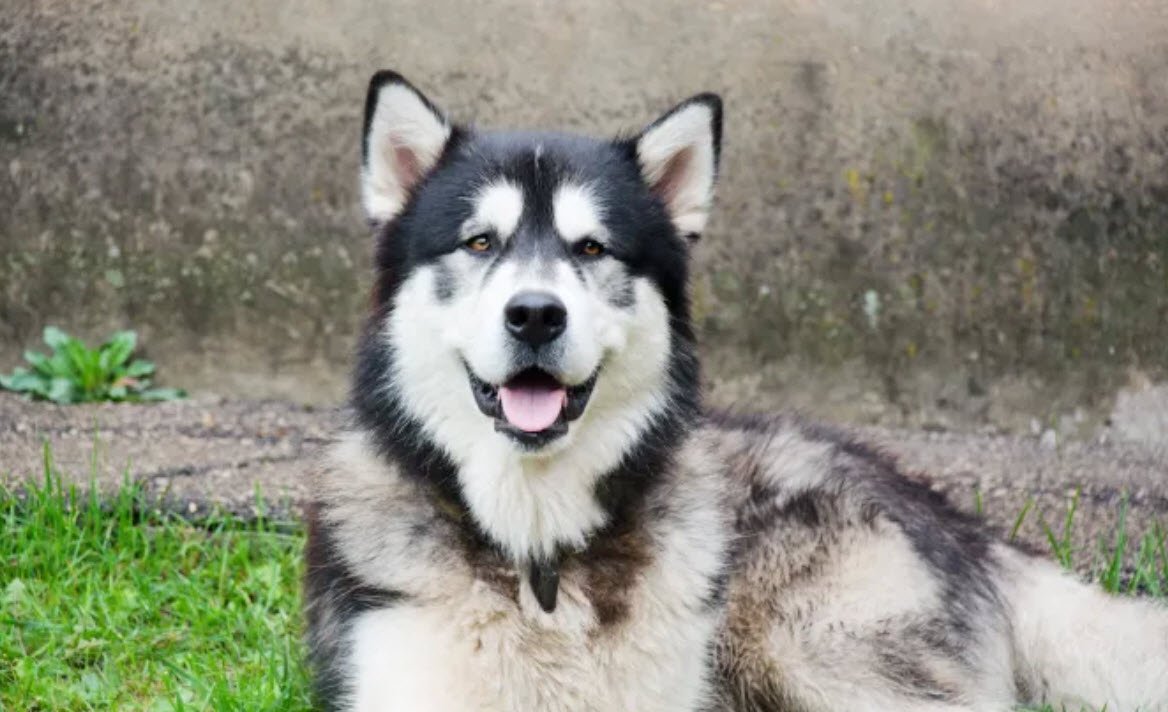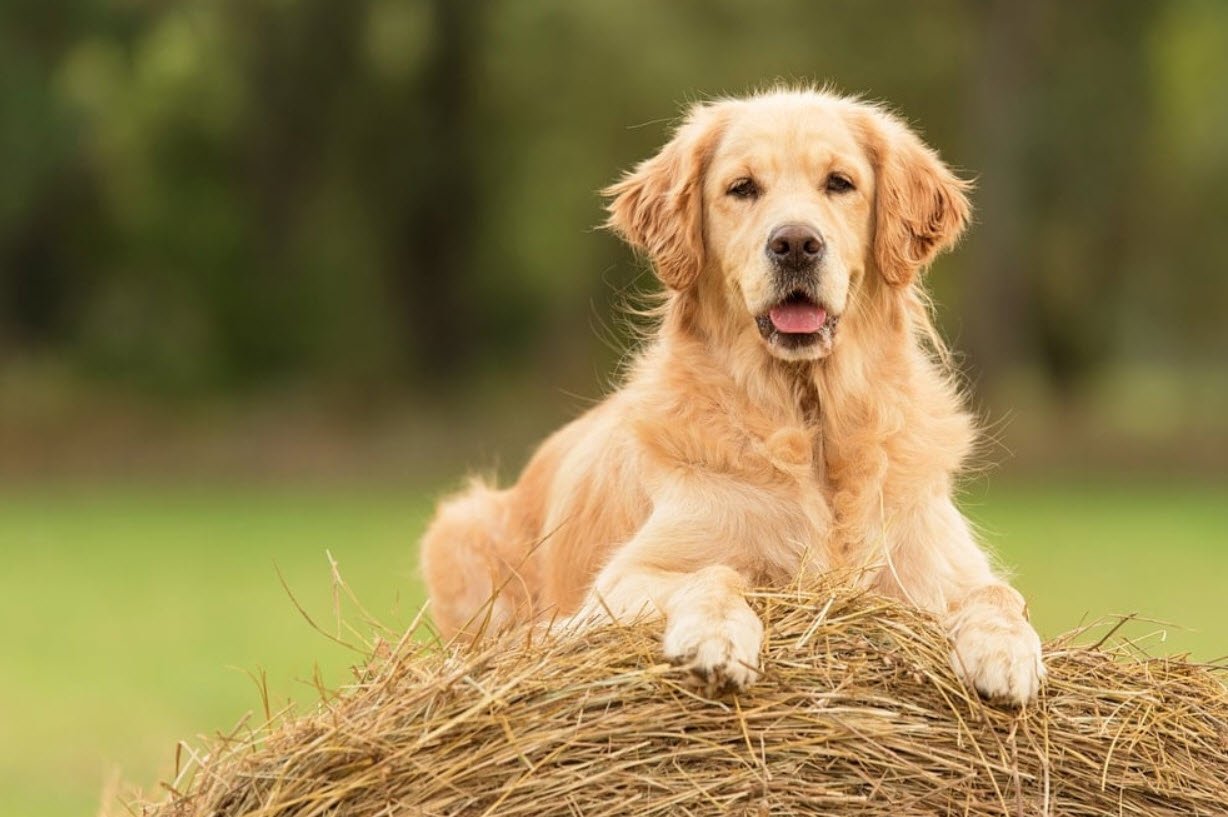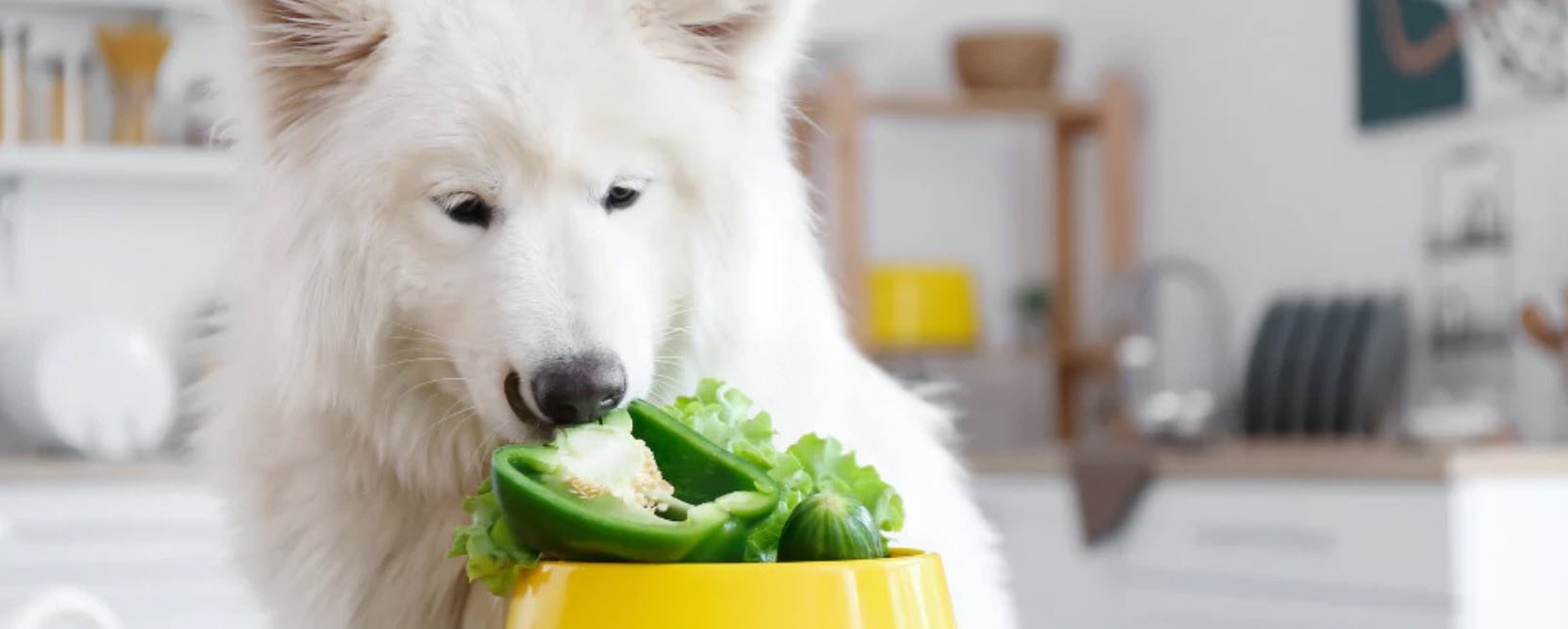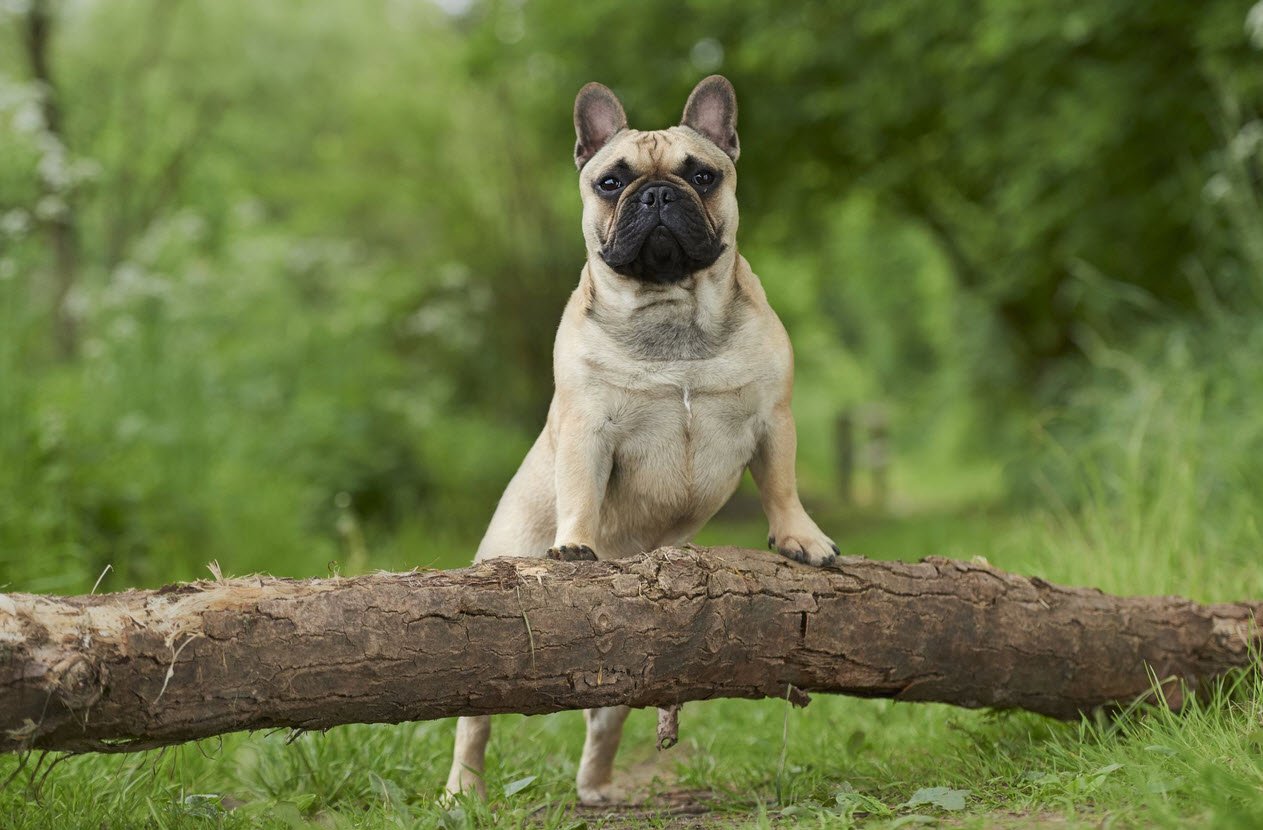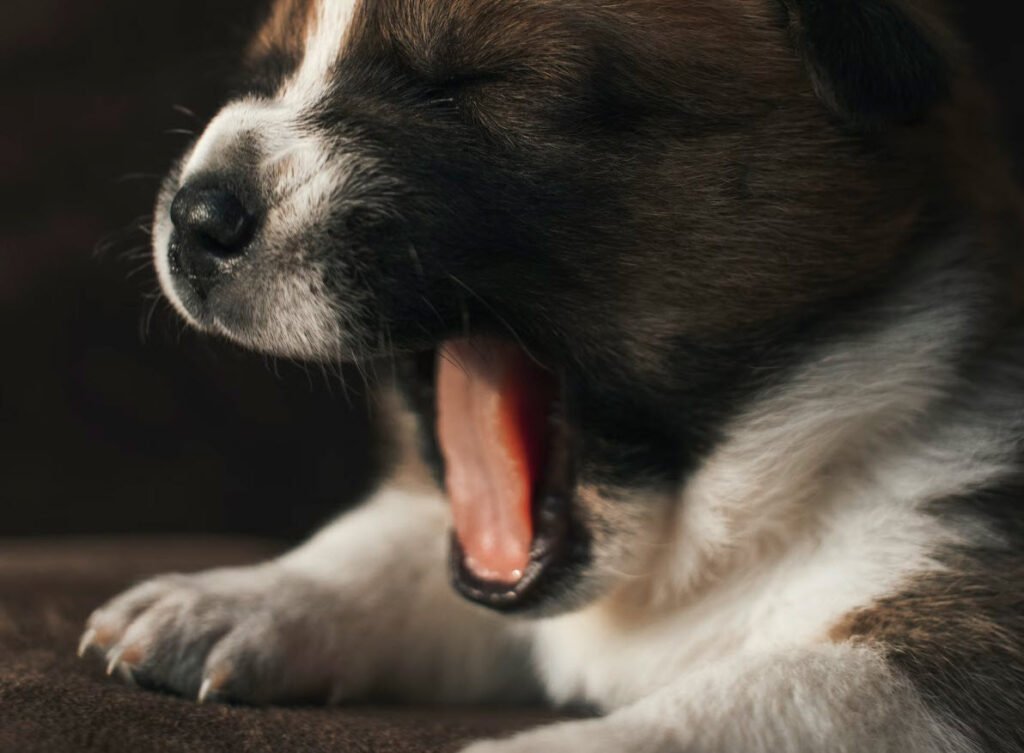
Dog bad breath, also known as halitosis, is more than just a minor inconvenience for pet owners. While a certain degree of “doggie breath” is normal, persistent and offensive odors emanating from a dog’s mouth could be a sign of underlying health issues.
In this article, we will explore into the various causes of dog bad breath and explore why maintaining good oral hygiene is crucial for your furry friend.
Common Causes of Dog Bad Breath
1. Poor Oral Hygiene: The most prevalent cause of dog bad breath is poor oral hygiene. Dental tartar, plaque buildup, and the accumulation of food debris can contribute to an unpleasant odor. Regular brushing and dental care are essential in preventing these issues.
2. Dental Problems: Several dental issues can lead to halitosis in dogs, including abscessed teeth, periodontitis (inflammation of tooth-supporting tissues), and gingivitis (gum inflammation). Tumors, oral ulceration, and foreign objects stuck in the mouth may also be culprits.
3. Underlying Diseases: Halitosis can be a symptom of various underlying health conditions, such as severe kidney disease, respiratory diseases (lung cancer, rhinitis, sinusitis), gastrointestinal issues (megaesophagus, neoplasia), and metabolic diseases like diabetes and uremia.
4. Infections and Diseases: Bacterial, fungal, and viral infections, as well as autoimmune diseases and eosinophilic granuloma complex, can contribute to bad breath in dogs.
5. Dietary Factors: The type of food given to dogs can impact their breath. Fetid foodstuffs or dogs consuming their own feces may develop bad breath. Adjusting the diet might help alleviate the issue.
Identifying and Addressing Dog Bad Breath
If you notice a foul odor emanating from your dog’s mouth, it’s essential to investigate the potential causes. Here are steps to identify and address dog bad breath:
1. Examine Oral Health: Check your dog’s teeth for signs of plaques, tartar, or discoloration. These could indicate dental problems contributing to bad breath.
2. Inspect Lip Folds: Examine the fold of the lips for signs of infection, known as pyoderma, which can emit an unpleasant odor similar to bad breath.
3. Evaluate Diet: Consider changing your dog’s diet as certain foodstuffs may contribute to bad breath. High-quality, nutritionally balanced dog food can positively impact oral health.
4. Consult a Veterinarian: If issues persist or you’re uncertain about the cause, consult your veterinarian. They can perform a thorough examination, including dental checks and diagnostic tests, to identify and address underlying health concerns.
Conclusion
While dog bad breath causes can range from common oral issues to more serious health conditions, maintaining good oral hygiene remains the key to preventing and addressing halitosis in dogs.
Regular dental care, a balanced diet, and prompt veterinary attention can keep your furry friend’s breath fresh and contribute to their overall well-being. If in doubt, always seek professional advice to ensure your dog enjoys a healthy and odor-free life.
You may also like:- 8 Tips for a Better Walk with Your Dog
- 5 of the Most Painful Conditions for Dogs
- Top Natural Foods to Combat Bad Dog Breath
- Top 12 Most Popular American Dog Breeds
- 6 Most Popular Distinct Canadian Dog Breeds
- A Guide To Understanding Your Dog’s Body Language
- List of Vegetables That Can Be Valuable Addition To Your Dog’s Diet
- 15 Most Popular French Dog Breeds You Need To Know
- 17 Essential Oils that are Toxic to Dogs
- The Ultimate Dog-Friendly Packing List for Travel and Adventures



